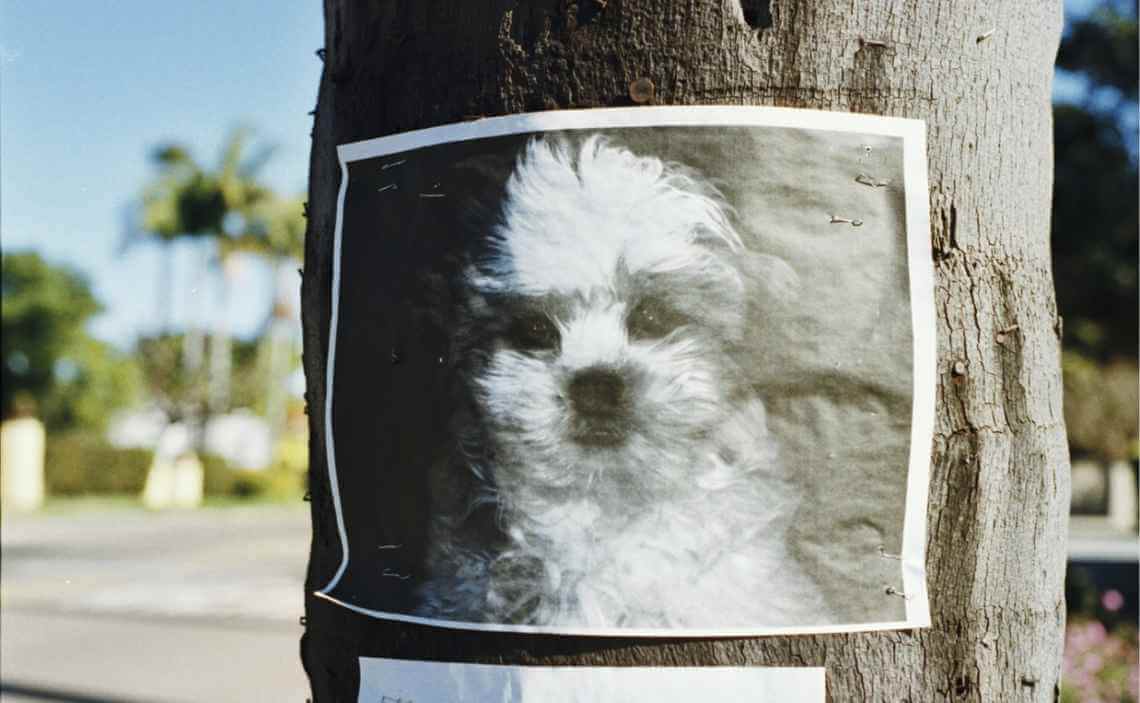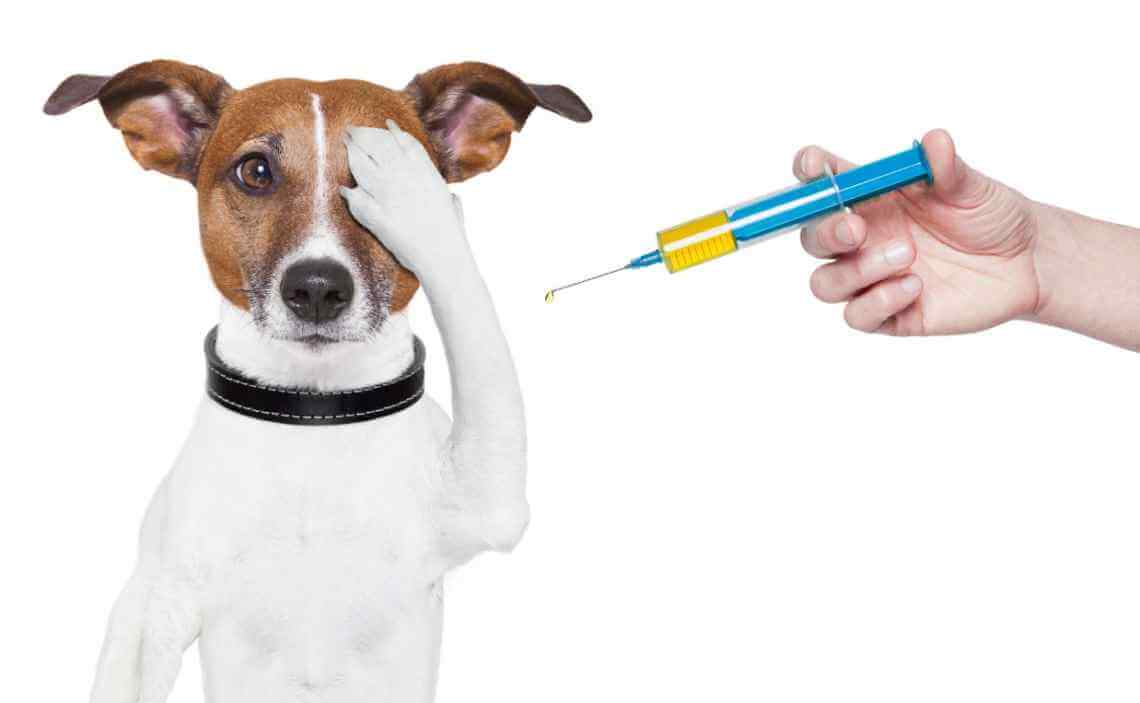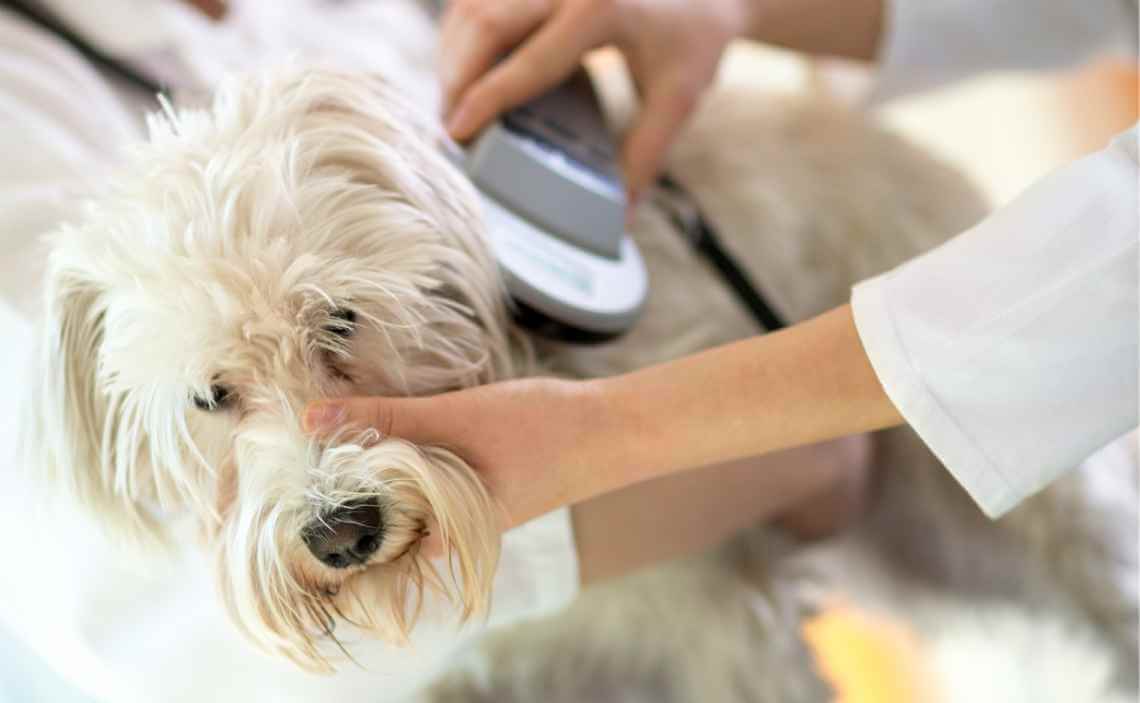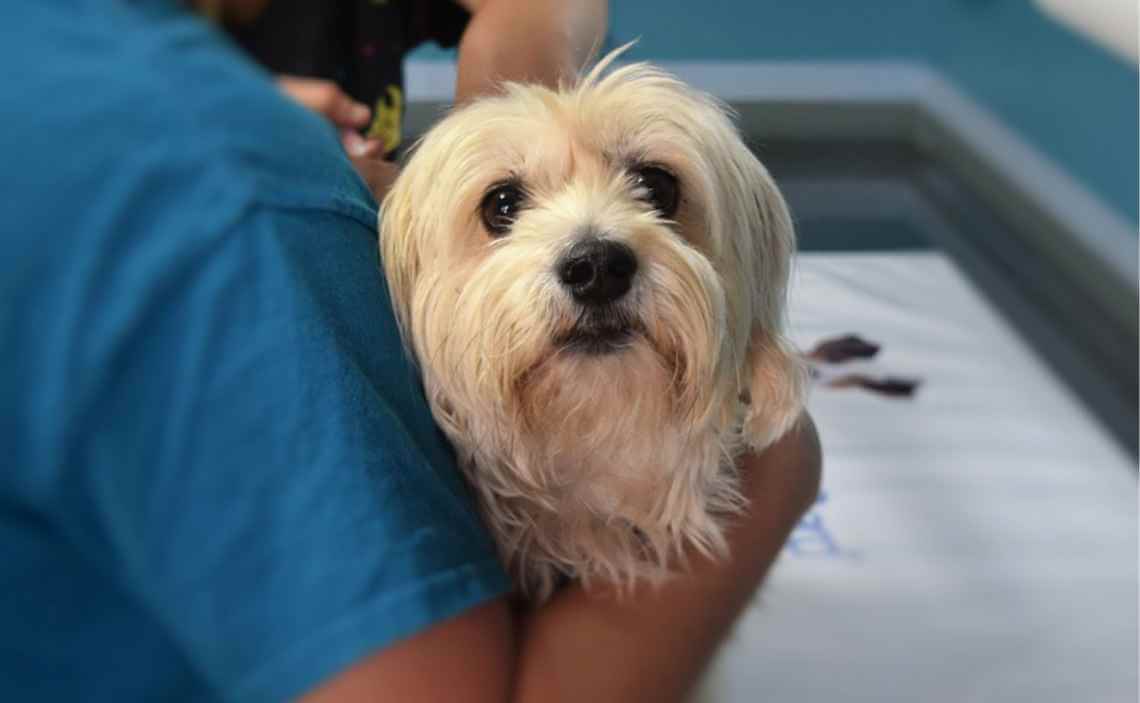
Every year more than 4 million dogs are lost and end up in a shelter in the U.S., according to the American Humane Association. Tragically, the true number of lost dogs is higher than that, because most instances where a dog is lost and found are not included in the official reports. One in three dog owners report that they have lost their dog at some point in time. The number of dogs that are lost and never found (and don’t show up on official reports) is estimated to be 2 million. One study estimates that as many as 10 million dogs are actually lost every year in the U.S., or about 1/8th of the total population of dogs.

The most effective way to find a dog that has been lost is to have your dog microchipped. If your dog becomes lost, he or she could lose a collar with tags. Or, if your dog is stolen, the thief might remove the collar and tags. A microchip helps identify your dog and find his or her rightful owner. If a lost dog is turned over to a shelter or taken to a vet, a scanning device will identify who the dog belongs to and will provide the owner’s contact information.
What is a Microchip?
A microchip is a very small, electronic chip. The chip is enclosed in a glass cylinder that is about the same size as a grain of rice. The microchip itself doesn’t have a battery; it is activated by a scanner. The information on the microchip is sent to the scanner through radio waves. The microchip is also called a transponder.

How is a Microchip Implanted?
The microchip is injected between your dogs’ shoulder blades into the fatty tissue. It feels like a regular injection although the needle is larger than a normal injection.
Will it Hurt My Dog to be Microchipped?
It hurts about as much as having blood drawn. It feels like a pinch. The pain only lasts a second or two. Some vets will inject a topical anesthetic to the area before injecting the microchip, but some vets don’t. You can ask to have a topical anesthetic although there may be an additional fee. Many people have it done when their dog is spayed or neutered so the dog doesn’t feel anything.

What Does it Cost to Have Your Dog Microchipped?
Most vets charge about $45-$50 for the procedure. Sometimes local pet shelters will hold special events and offer microchipping for a reduced cost.
Are There Any Complications to the Procedure?
There have been some cases of complications, which is why you should not try the procedure at home. A vet is trained to know where and how to inject the microchip. Also, there have been some animals that have developed a tumor at the site of the microchip. It’s very rare for this to happen; millions and millions of dogs have never had any problem. There is a much higher chance your dog will be lost at some point in time than ever having a complication with the injection site.

How Will a Microchip Help Get My Dog Back If He or She is Lost?
If your dog is lost, whoever finds your dog will need to take them to a shelter or vet to be scanned. A microchip is not a GPS or tracking device. It has to be scanned for the ID number to be read. Once the ID number comes up, the shelter or vet will contact the secured database that has your dog’s information on it.
Keep Your Registration Information Updated
The microchip is only as good as the registration information. If your phone number or address changes, remember to contact your vet to update the registration data. If your information isn’t updated, it’s useless. Many more pets are microchipped than are properly registered.

Do All Shelters Scan for Microchips When a Dog is Found?
Most shelters are equipped with a scanner and will check for a microchip, but there is no guarantee. However, not all shelters have a universal scanner so they may miss the microchip because they’re not using the right scanner. Microchips can migrate in your dog’s body, so sometimes they will miss the microchip because it’s not between the shoulder blades. If you lose your dog, you should still call all the local shelters to see if your dog has been reported or picked up. A good thing to do is have your vet scan the chip whenever your dog has a check up to make sure it’s still reading and is in the proximity of the back between the shoulder blades.

Does My Dog Need a Tag if He or She is Microchipped?
Yes, your dog still needs tags. A microchip is only one part of your dog’s identification system. Your dog should also have a collar with tags on it. You can’t assume that whoever finds your pet will know anything about microchips. If your phone number is easy to read on a tag, it is more likely the finder will call you. A phone number is the most important thing you need to have on a tag so you can easily be contacted. And make sure you use a number with voicemail that you regularly check.

Should I Be Concerned About Privacy if My Dog is Microchipped?
In this day and age, privacy of information is a real issue. But when it comes to a pet microchip, there are protections in place to ensure the information you share on your registration will be kept safe. The microchip must be scanned with a special scanner for the ID number to be revealed, and from there only certain people with special access can look up the information.
What Frequency Microchip Should I Use?
In the U.S., the most frequently used chips are 125 and 128 kilohertz. In Europe, they use a 134.2 kilohertz chip. Some scanners can read all three frequencies but not always. You should ask your vet what the most common type of chip is used in your area, and have that type of chip implanted.

Many Foreign Countries Require Your Dog be Microchipped
If you take your dog abroad, you should check each country’s requirements. In some countries you could be fined if you don’t have your dog microchipped. Many have regulations about the type of chip implanted as well as when it was implanted. Here is a list of countries that require microchips for pet travel.
Microchipping won’t solve the problem of stray dogs completely. But if everyone spayed or neutered their dog and microchipped them, it would make a big dent in the stray population problem. Microchips are a useful tool for reuniting a family with their missing dog and as a deterrent for criminals who victimize dogs. It would reduce strays, euthanasia rates and shelter crowding – all problems that are getting worse.

Millions of dogs are lost every year; a study of more than 7,700 animals at animal shelters found that dogs that were microchipped had a 52.2 percent chance of being returned to their family, whereas dogs without microchips were returned 21.9 percent of the time. Having your dog microchipped is the best way to get your dog returned to you if he or she gets lost or stolen. Although it’s not a guarantee your dog will be returned, shelters take extra measures to determine if a microchip is present before the animal is adopted or euthanized.
If your dog isn’t already, please have your dog microchipped. You’ll never regret having the procedure, but if your dog becomes lost, you will always regret you didn’t.
Is your dog microchipped? If so, what made you decide to have the procedure? If not, why have you decided against it? Please comment below…
———-
Sources:
“Pet Statistics.” ASPCA, www.aspca.org/animal-homelessness/shelter-intake-and-surrender/pet-statistics.
Lord, L K, et al. “Characterization of Animals with Microchips Entering Animal Shelters.” Current Neurology and Neuroscience Reports., U.S. National Library of Medicine, 15 July 2009, www.ncbi.nlm.nih.gov/pubmed/19601734.
Walker, Teddy Hugo. “10 Million Dogs Are Lost Every Year.” Nuzzle, 16 Apr. 2017, hellonuzzle.com/10-million-lost-dogs-per-year/.













Leave a Reply